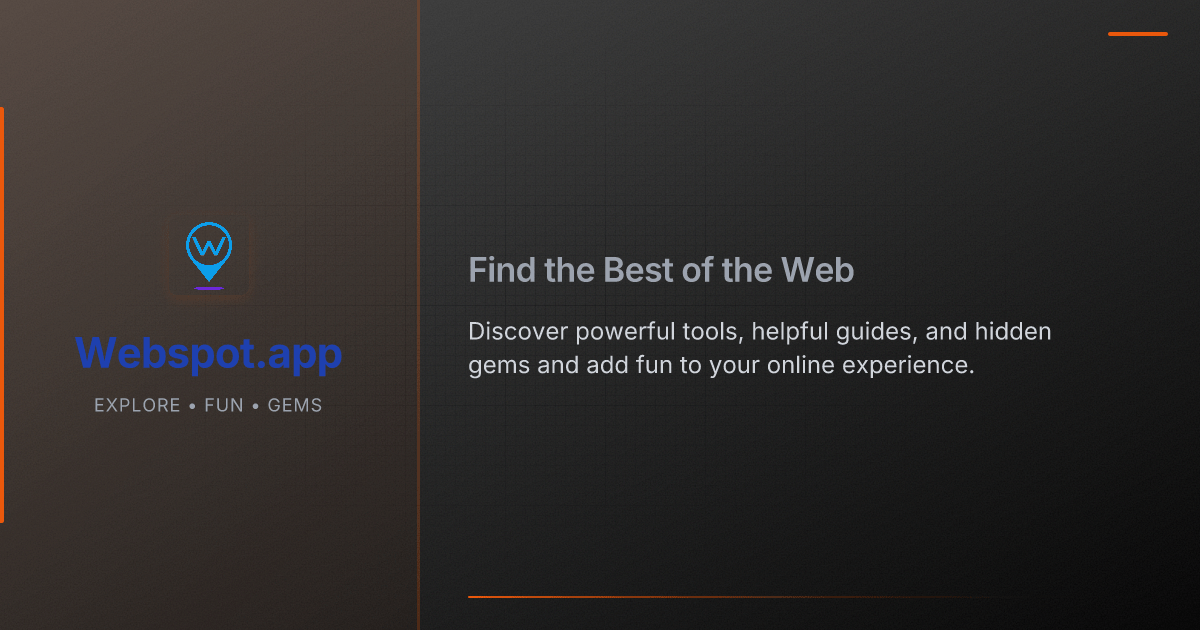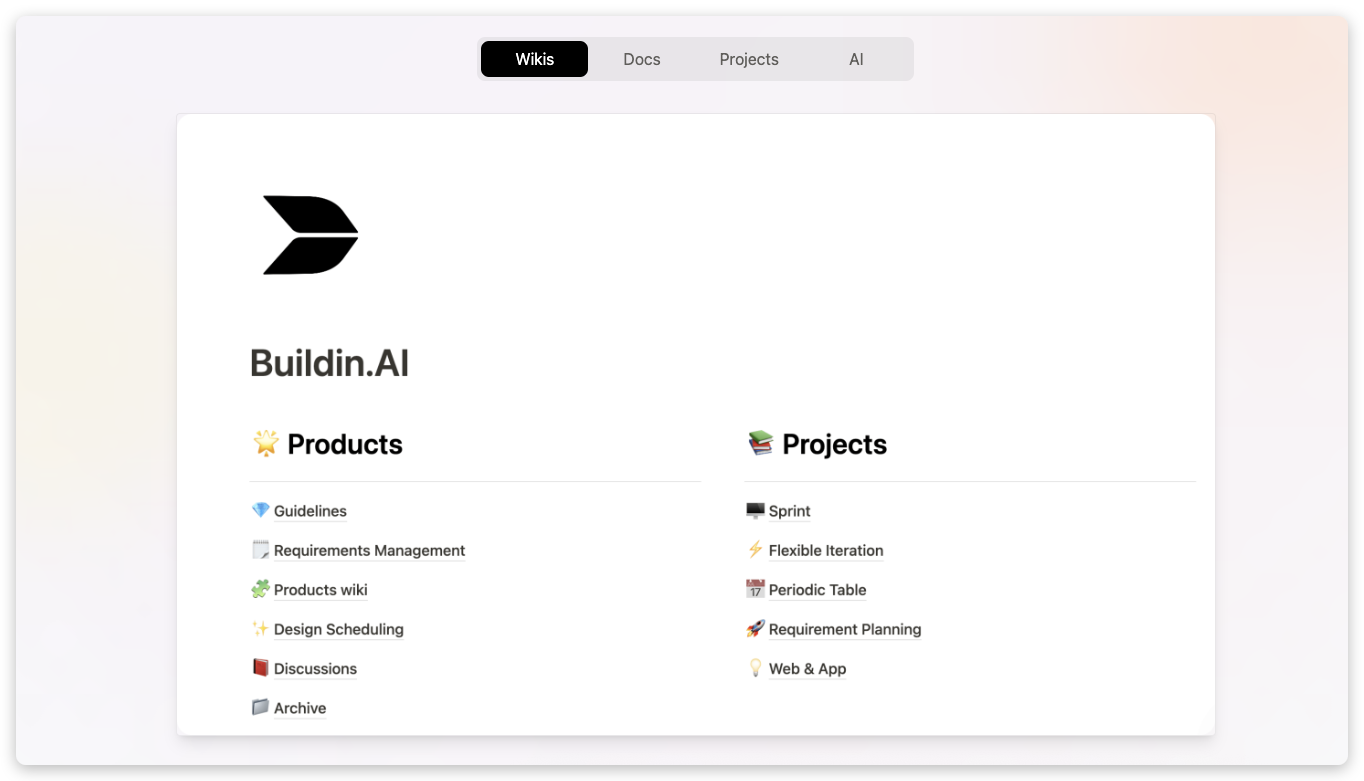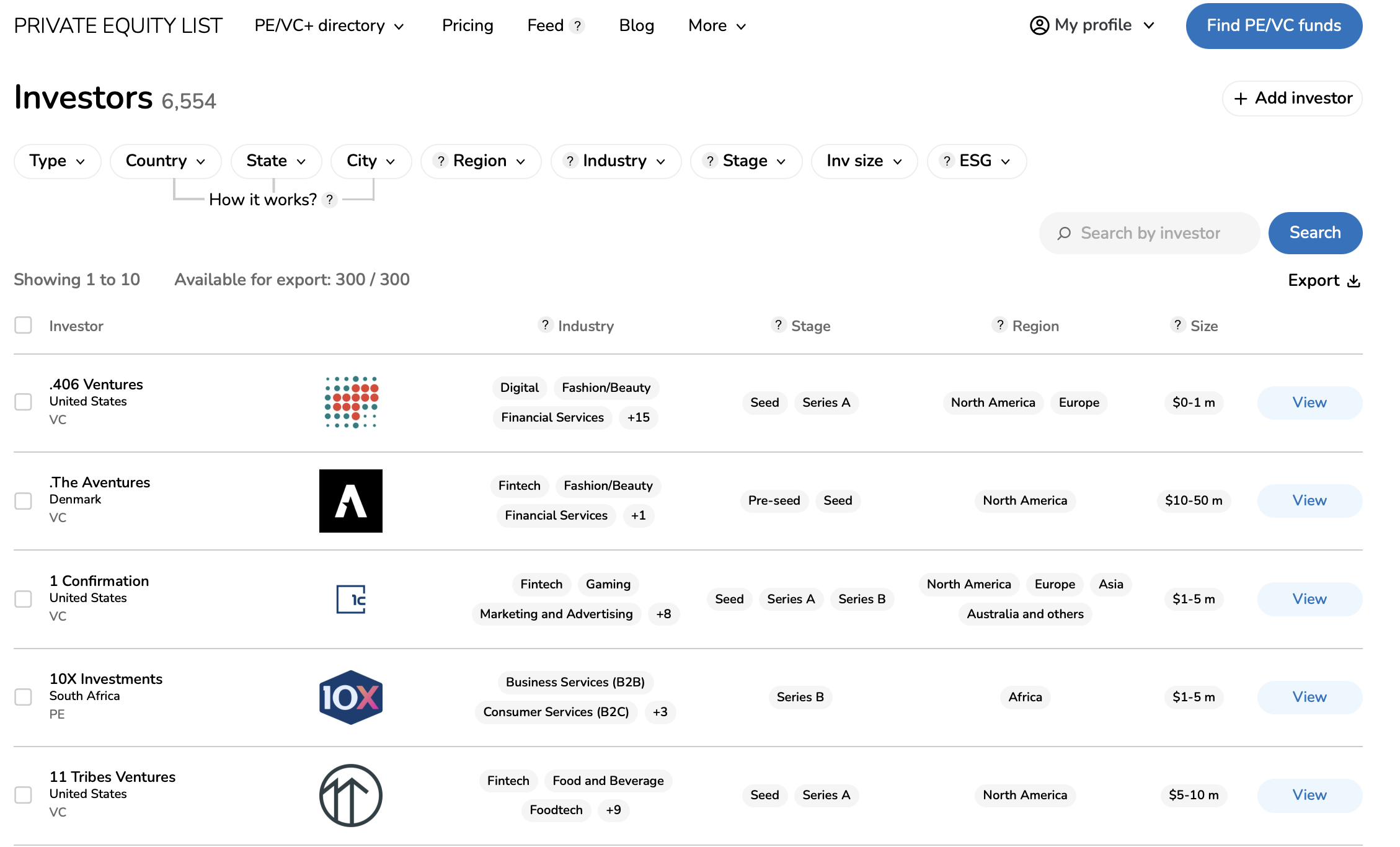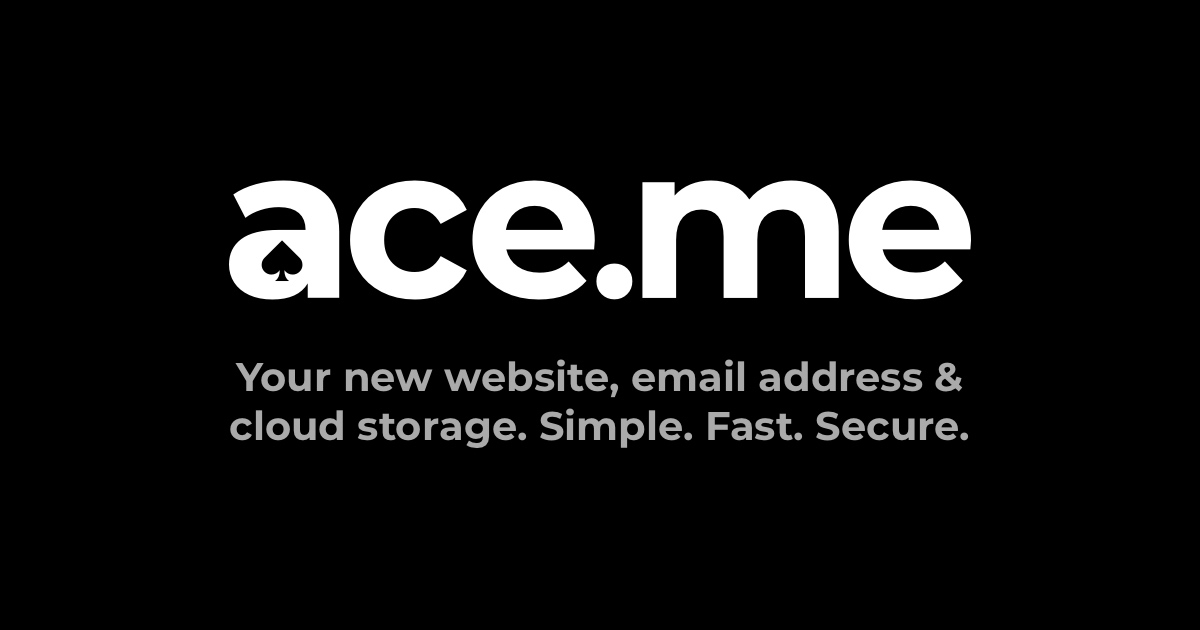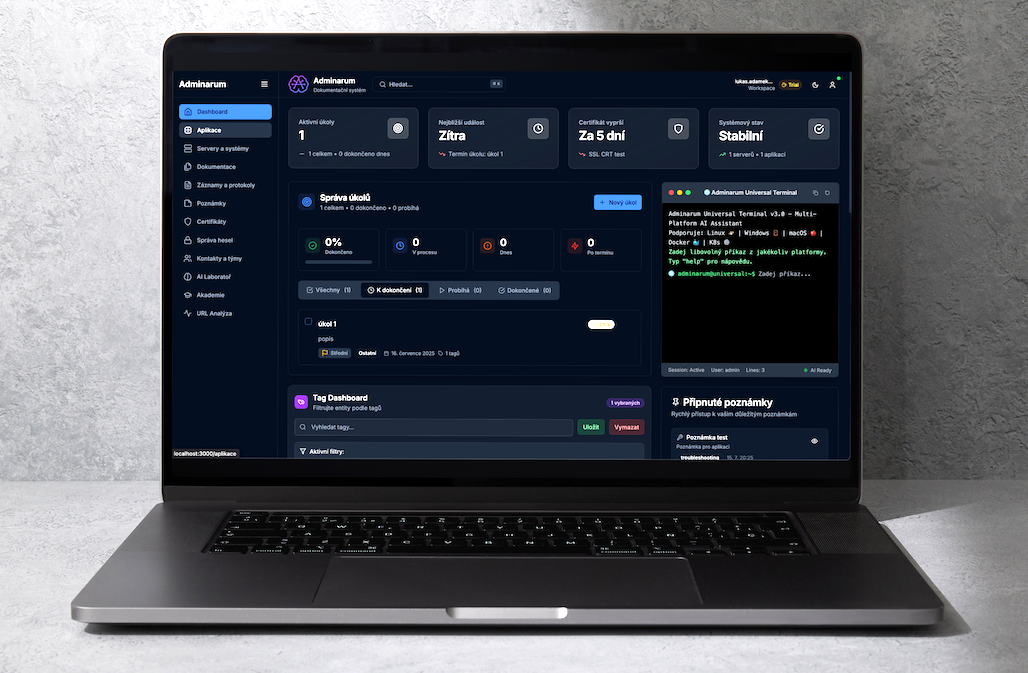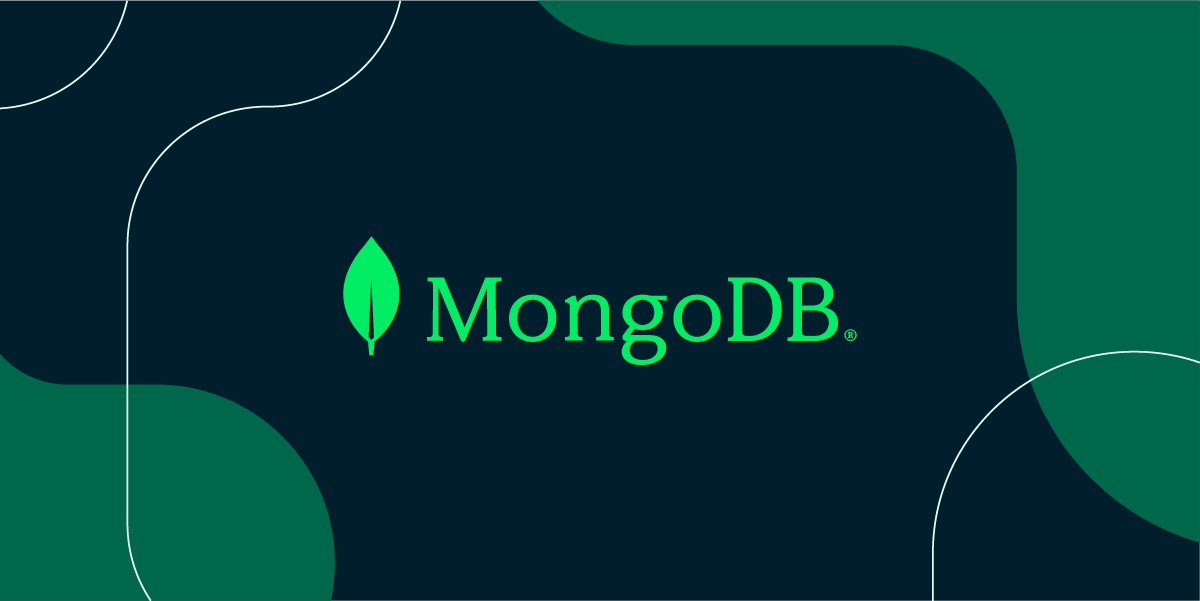Leaf PHP is an elegant and lightweight PHP framework built for makers, designed to accelerate the development and deployment of scalable applications. With its zero-config setup and a rich ecosystem of powerful tools, Leaf empowers developers to go from idea to launch with clean, efficient PHP.Key FeaturesZero-Config Setup & Effortless Deployment: Run Leaf anywhere PHP is available, from shared hosting to cloud/VPS, with simple drag-and-drop deployment.Dead-simple Authentication (Leaf Auth): Create full-fledged authentication systems for APIs or UIs in seconds, including password hashing, user/session management, JWTs, roles, and permissions.Powerful DB Layer: Offers a highly performant database layer with support for ORMs like Eloquent, simplifying data fetching, relationships, and saving.Simplified HTTP API: Provides user-friendly APIs for handling requests, CORS, sessions, cookies, responses, and robust request validation.Useful App Utilities: A comprehensive suite of tools for common tasks, including mailing, data fetching (with fetch()), file storage, date/time formatting (with tick()), caching, and logging.Dynamic View Layer: Supports popular frontend technologies like Blade, BareUI, React, Vue, and Svelte, with built-in bundling via Vite and styling with TailwindCSS, offering complete frontend flexibility.Leaf PHP is an ideal choice for individual makers, startups, and agencies focused on rapidly building and scaling SaaS products, APIs, or custom web applications. Its "no questions asked" deployment model makes it perfect for environments ranging from basic shared hosting to advanced cloud infrastructures. Developers can leverage Leaf to quickly prototype and launch profitable products, focusing on core business logic rather than complex framework configurations. For design/frontend-heavy agencies, Leaf provides a lightweight yet powerful backend that integrates seamlessly, allowing them to deliver high-quality APIs and user experiences efficiently.It's particularly beneficial for projects requiring robust authentication, efficient database interactions, and flexible frontend integration without the overhead of larger, more opinionated frameworks. Leaf solves common problems by abstracting away tedious HTTP details, providing essential utilities, and offering a clear path from concept to production.Pricing InformationWhile specific pricing tiers are not detailed, Leaf PHP is presented as a community-backed, open-source framework. This implies it is free to use, with support driven by its vibrant community and sponsors. There is no mention of free trials, freemium options, or money-back guarantees, consistent with an open-source model.Leaf is praised for its clean, well-organized, and straightforward approach, making the development process simple and intuitive. It aims to reduce complexity, allowing developers to get applications production-ready quickly. The framework offers comprehensive documentation, interactive tutorials, and a vibrant community for support, fostering a collaborative environment for users to discuss insights and get assistance. This focus on simplicity and community makes it accessible even for those who find major frameworks overwhelming.Leaf PHP is a PHP-based framework. It integrates with powerful ORMs like Eloquent for database interactions and supports a wide array of frontend technologies, including templating engines (Blade, BareUI) and JavaScript frameworks (React, Vue, Svelte). It utilizes Vite for asset bundling and TailwindCSS for styling. The framework includes a CLI for scaffolding frontend tooling and automatically detects and bundles frontend files when running the leaf serve command, streamlining the development workflow.Pros and ConsPros:Extremely lightweight and fast.Zero-configuration setup and easy deployment.Highly flexible with frontend choices (no lock-in).Comprehensive built-in tools for common web development tasks (Auth, DB, HTTP, Mail, etc.).Strong community support and active development.Scalable for growing projects and SaaS applications.Cons:Specific API syntax might have a slight learning curve for those new to Leaf.Being a newer framework compared to giants like Laravel, its ecosystem might be smaller (though growing rapidly).The text does not explicitly mention any significant drawbacks, focusing on its benefits for rapid development.ConclusionLeaf PHP stands out as an elegant, efficient, and highly flexible PHP framework perfectly suited for makers and developers who prioritize speed and simplicity. By providing essential tools without unnecessary complexity, Leaf enables rapid development and seamless scaling of web applications and SaaS products. Its community-driven nature and commitment to ease of use make it a compelling alternative for modern PHP development. We encourage you to try Leaf PHP and experience its power firsthand.
